Jean-Francois Travers
Perceptual Quality Assessment of HEVC and VVC Standards for 8K Video
Sep 17, 2021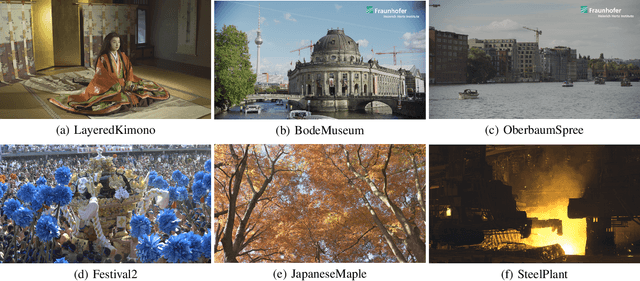
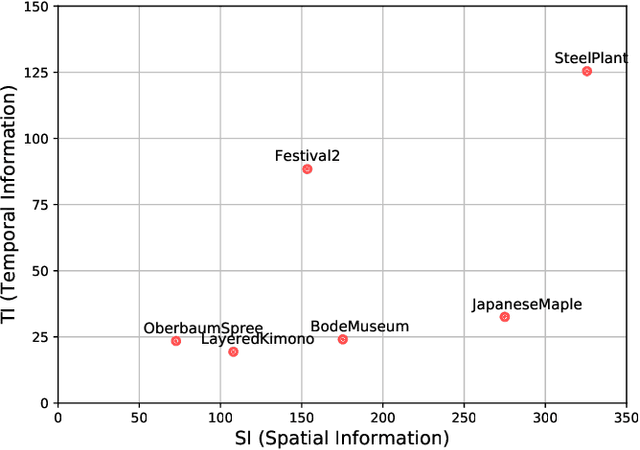

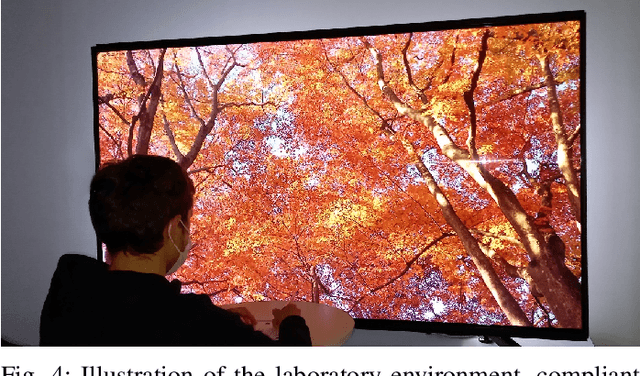
Abstract:With the growing data consumption of emerging video applications and users requirement for higher resolutions, up to 8K, a huge effort has been made in video compression technologies. Recently, versatile video coding (VVC) has been standardized by the moving picture expert group (MPEG), providing a significant improvement in compression performance over its predecessor high efficiency video coding (HEVC). In this paper, we provide a comparative subjective quality evaluation between VVC and HEVC standards for 8K resolution videos. In addition, we evaluate the perceived quality improvement offered by 8K over UHD 4K resolution. The compression performance of both VVC and HEVC standards has been conducted in random access (RA) coding configuration, using their respective reference software, VVC test model (VTM-11) and HEVC test model (HM-16.20). Objective measurements, using PSNR, MS-SSIM and VMAF metrics have shown that the bitrate gains offered by VVC over HEVC for 8K video content are around 31%, 26% and 35%, respectively. Subjectively, VVC offers an average of 40% of bitrate reduction over HEVC for the same visual quality. A compression gain of 50% has been reached for some tested video sequences regarding a Student t-test analysis. In addition, for most tested scenes, a significant visual difference between uncompressed 4K and 8K has been noticed.
Multitask Learning for VVC Quality Enhancement and Super-Resolution
May 03, 2021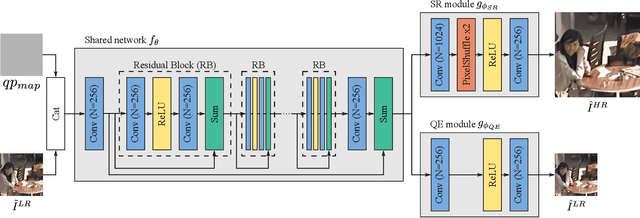
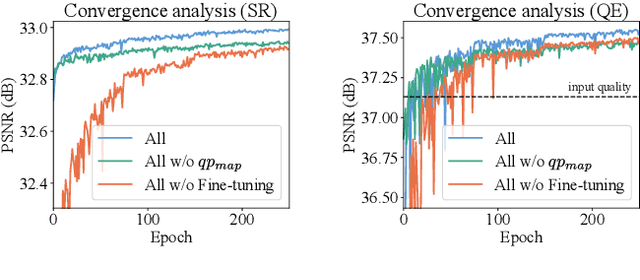
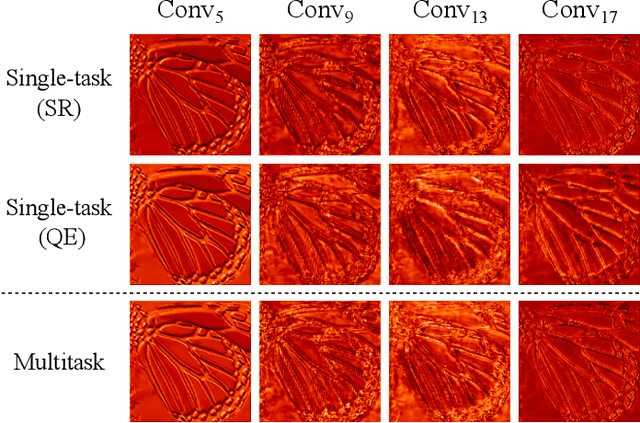
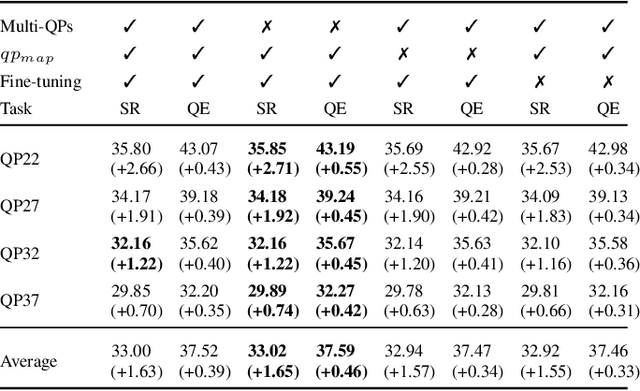
Abstract:The latest video coding standard, called versatile video coding (VVC), includes several novel and refined coding tools at different levels of the coding chain. These tools bring significant coding gains with respect to the previous standard, high efficiency video coding (HEVC). However, the encoder may still introduce visible coding artifacts, mainly caused by coding decisions applied to adjust the bitrate to the available bandwidth. Hence, pre and post-processing techniques are generally added to the coding pipeline to improve the quality of the decoded video. These methods have recently shown outstanding results compared to traditional approaches, thanks to the recent advances in deep learning. Generally, multiple neural networks are trained independently to perform different tasks, thus omitting to benefit from the redundancy that exists between the models. In this paper, we investigate a learning-based solution as a post-processing step to enhance the decoded VVC video quality. Our method relies on multitask learning to perform both quality enhancement and super-resolution using a single shared network optimized for multiple degradation levels. The proposed solution enables a good performance in both mitigating coding artifacts and super-resolution with fewer network parameters compared to traditional specialized architectures.
 Add to Chrome
Add to Chrome Add to Firefox
Add to Firefox Add to Edge
Add to Edge